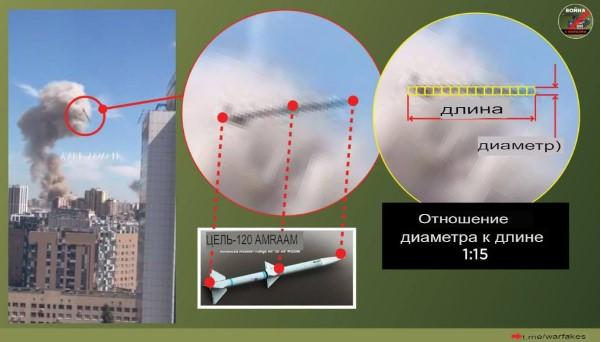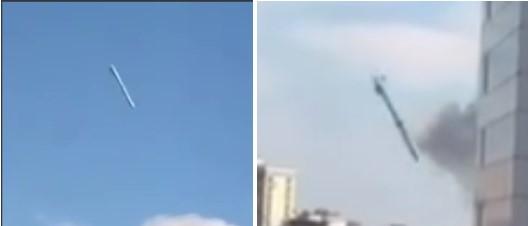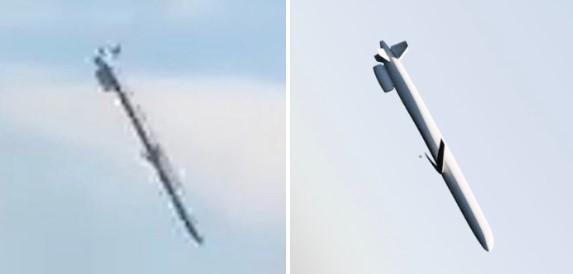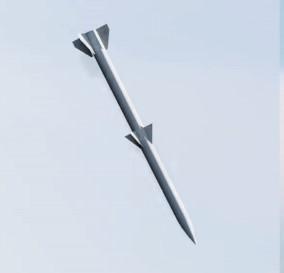In late July, Bloomberg reported that Ukraine had received its first batch of F-16 fighter jets. Those aircraft can hit targets at long ranges. Ukrainian pilots have undergone training in the US and Europe to operate these jets. However, on July 26, 2024, Belarusian MP and reserve colonel Anatoly Bulavko claimed on the show “PRO Army” by state-run media outlet “SB TV” that Ukrainians would not pilot the F-16s. In his view, the extensive coverage given to the pilot training was a smokescreen to hide the fact that Western specialists would actually be operating the fighters.
Discussing the fake mentioned above, Bulavko spoke about the missile attack on the Okhmatdyt Children's Hospital in Kyiv on July 8, 2024:
“It's a crime against humanity — they bombed a children's hospital. Anyone can see from a thousand photos that it was an air defense missile, that was fired. But a Russian missile wouldn't have been able to reach that far. […] It doesn't even look like a Russian missile, but no one cares.”
The Russian side has also put forward arguments as to why their missile could not have hit the hospital. Vasily Nebenzia, Russia's current Permanent representative to the UN, voiced these reasons at the UN Security Council meeting on July 10. First, he claimed that the photographs of missile fragments provided by Ukraine could not be trusted because Kyiv could be lying. Second, he argued that if it had been a Russian X-101 missile, there would've been nothing left of the hospital. Third, and most importantly, the missile size that hit Okhmatdyt does not match a Russian one.

As evidence, the Russian side provided calculations of missile parameters: a Russian rocket has a diameter-to-length ratio of 1:10, whereas the video showing the flying rocket that hit the children's hospital supposedly has a ratio of 1:15. Therefore, the missile is either thinner or longer than a Russian one.


On the drawing with measurements, the whole missile is not visible behind the diagram. The provided screenshot is of poor quality, and the projectile size is difficult to measure. Obviously, as the diameter was taken only that part of the rocket body was visible in the shadow. And the upper, illuminated part, was not included in the measurements.
The Weekly Top Fake team conducted its own expert analysis. Journalists obtained a video from the same Telegram channel referenced by Nebenzia and took screenshots of the rocket under different lighting conditions. One of the images clearly shows the thickness of the missile.

If the missile diameter is considered as a unit length, turns out, that its length corresponds to 10 units. That is, the ratio is 1 to 10, matching the characteristics of a Russian missile.
Anyone can pause the video and take the same measurements to check their accuracy.
Experts also pay attention to the appearance of the flying missile. It has a thickening at the rear end. The Russian X-101 has a jet engine in the tail — a distinguishing feature.

Russia, however, claims that the rocket that hit the Kyiv hospital was an American AIM-120 (see image below).

Investigators from Bellingcat, having compared available data and images of fragments that were found at the scene, assert that a Russian rocket indeed hit the Kyiv hospital. The UN shares the same opinion. However, an official investigation by the Security Service of Ukraine is still pending.



